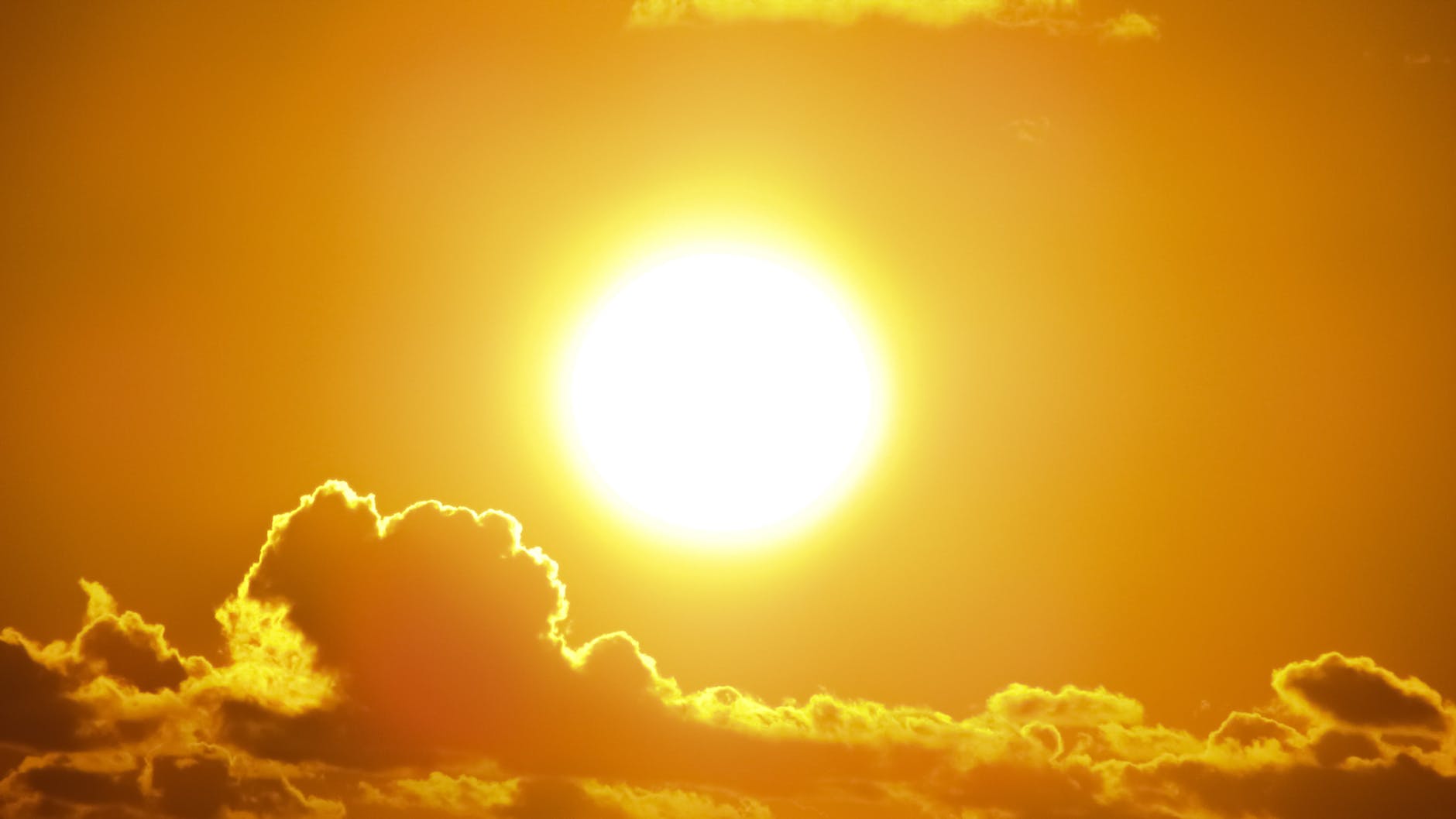VANCOUVER ISLAND, B.C. – It was a historically dry May across Northeast Vancouver Island the Sunshine Coast.
From Powell River to Port Hardy, rain was in very short supply last month.
According to Environment Canada meteorologist Armel Castellan, last month capped an incredibly dry meteorological spring on the North Island.
“Comox, in particular, had the driest spring on record with only 34.4 per cent of normal precipitation,” Castellan said. “Seventy-four millimetres versus 215.3 (millimetres) that it would typically get is a very different departure.”
Comox’s precipitation records date back to 1895 and are among of the longest in the region.
With the dry weather, came the heat. Comox’s mean temperature was 1.6 degrees Celsius warmer than normal for the period from March to May.
Last month, the mean temperature was 2.8 degrees warmer than usual in Comox, making it the second warmest May on record. Last May was the warmest ever in Comox.
The heat was also turned up in Powell River, where the average mean temperature was 13.7 degrees, a full 0.7 degrees warmer than usual.
And as warm as it was in Powell River last month, it was equally as dry. The city only saw 17.4 millimetres of rain, compared to the normal of 70.9 millimetres.
“That’s way below (normal),” Castellan said.
Up island in Port Hardy, the district only saw 18.6 millimetres of rain, well below the average of 79.3 millimetres.
Meanwhile, Campbell River saw a scant 25 millimetres of rain in May.
And on the Sunshine Coast, Gibsons was parched with 33 millimetres of rain, falling far short of its average of 81.5 millimetres.
Castellan hopes June will bring some rainfall and cooler conditions.
“The conditions before the event (have been very dry), and the event is the elephant in the room which is wildfire and drought,” Castellan said. “And we’ve already started the provincial technical drought working group meetings, so the levels for each of those watershed areas, if it’s not already communicated, it’s imminent.”
Castellan noted that much-needed showers and below normal temperatures are expected to arrive mid-week in many regions on the Sunshine Coast and Vancouver Island.
“Those are both very positive things,” he said. “It’s something that we really do need at this point of the year.”






